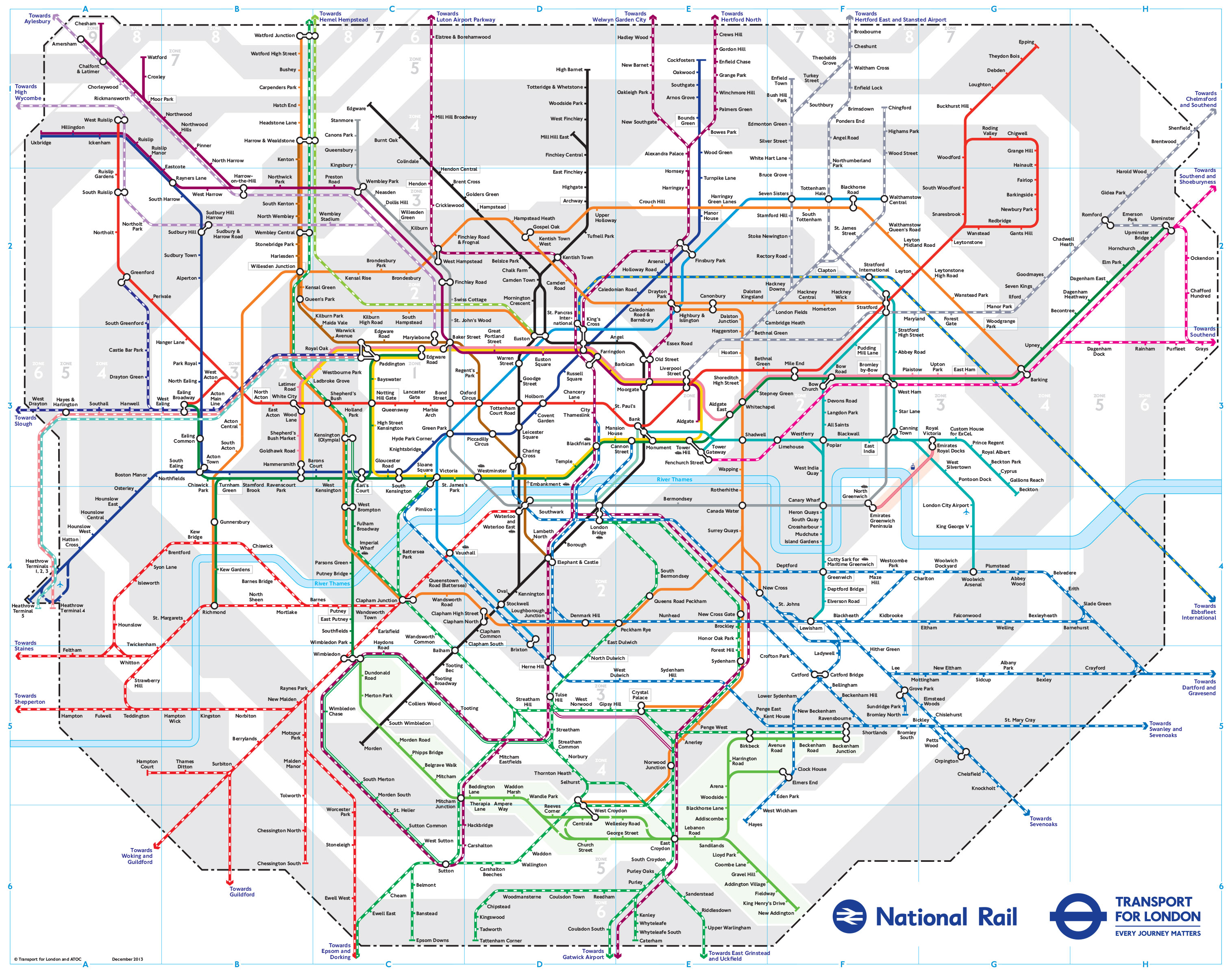

The heritage values of these two artifacts are historical and symbolic. There is a railway crossing sign near the tracks on Moncton Street which reminds pedestrians that this was once an active railway route. The wooden poles, once a double row, now single, follow the curve of the tracks. The tracks are of narrow gauge rail and tie construction curving through Steveston Park. Neighbourhood (Planning Area Name): StevestonĪ number of BC Electric Railway power poles and a section of railway track help to define the corner of Moncton Street and No. While the state has lost nearly 3,000 miles of trackage, its decline by roughly 36% is not as severe as many other states which have experienced declines by 50% or greater.Online Heritage Inventory CPR Power Poles and Railway Tracks General InformationĬommon Name: British Columbia Electric Railway Tracks and Power Poles However, today that number has fallen to just over 4,700 miles. During the height of the railroad industry the state featured more than 7,300 miles of rails, which occurred during the 1920s. Interestingly, near the end of operations, Disney wanted to acquire the property for an excursion but was rebuffed by the Southern citing the railroad $300,000 in debt.įor a more in-depth look at Georgia's rail mileage throughout the years please refer to the chart below. It faced numerous financial troubles in the 19th century until its acquisition by the Southern Railway in the early 20th century. The operation was similar to the Maryland & Pennsylvania in that it featured sharp curves, stiff grades, and some 42 wooden trestles (its trademark feature). One abandonment that stands out in particular is the old Tallulah Falls Railway, a bucolic 58-mile short line that linked Franklin, North Carolina with Cornelia, Georgia. This corridor largely hugged the Georgia coastline, via Savannah, and was an early victim of CSX rationalization.

Most notable is the railroad's main line from Charleston, South Carolina to Jacksonville, Florida. It seems the SAL bore the brunt of this removal. After CSX was formed in the 1980's the new conglomerate set out to greatly reduce what it deemed redundant segments of former Atlantic Coast Line and Seaboard Air Line trackage. Lines entered the state from every neighboring state.Īll of Georgia's major railroads have witnessed abandonments. In any event, the railroad was organized when Savannah businessmen feared that Charleston's (South Carolina) new South Carolina Canal and Rail Road Company, which was anticipated to reach Augusta, would severely hurt their city port's shipping business.Īt its peak, Georgia boasted rail lines in every direction, heading south to Florida as well as west towards Alabama. Today, it remains in use by owner Norfolk Southern. The line remained an important artery in the CoG system, even after it was purchased by the Southern Railway. Today, whether you are interested in high-speed freight and passenger trains or local, backwoods short line operations the Peach State offers a little bit of everything, including a number of railroad museums and excursion trains. most of which have proven to be redundant in nature. Like every state, Georgia has lost thousands of miles to abandonment. The state's primary service providers in the classic era included the Southern, Atlantic Coast Line, Louisville & Nashville, and Seaboard Air Line. It also played an important role in the Civil War, eventually winding up as a component of the Nashville, Chattanooga & St.

One of Georgia's most historically important lines was the Western & Atlantic, the first railroad to open through service into the western interior via Chattanooga, Tennessee. Georgia railroads are best known for their stiff grades in the west andīegan shortly after the founding of the Baltimore & Ohio Railroad inĭuring the industry's "Golden Age" Georgia was home to thousands of miles of rails and virtually all of the South's most well known classic lines.


 0 kommentar(er)
0 kommentar(er)
